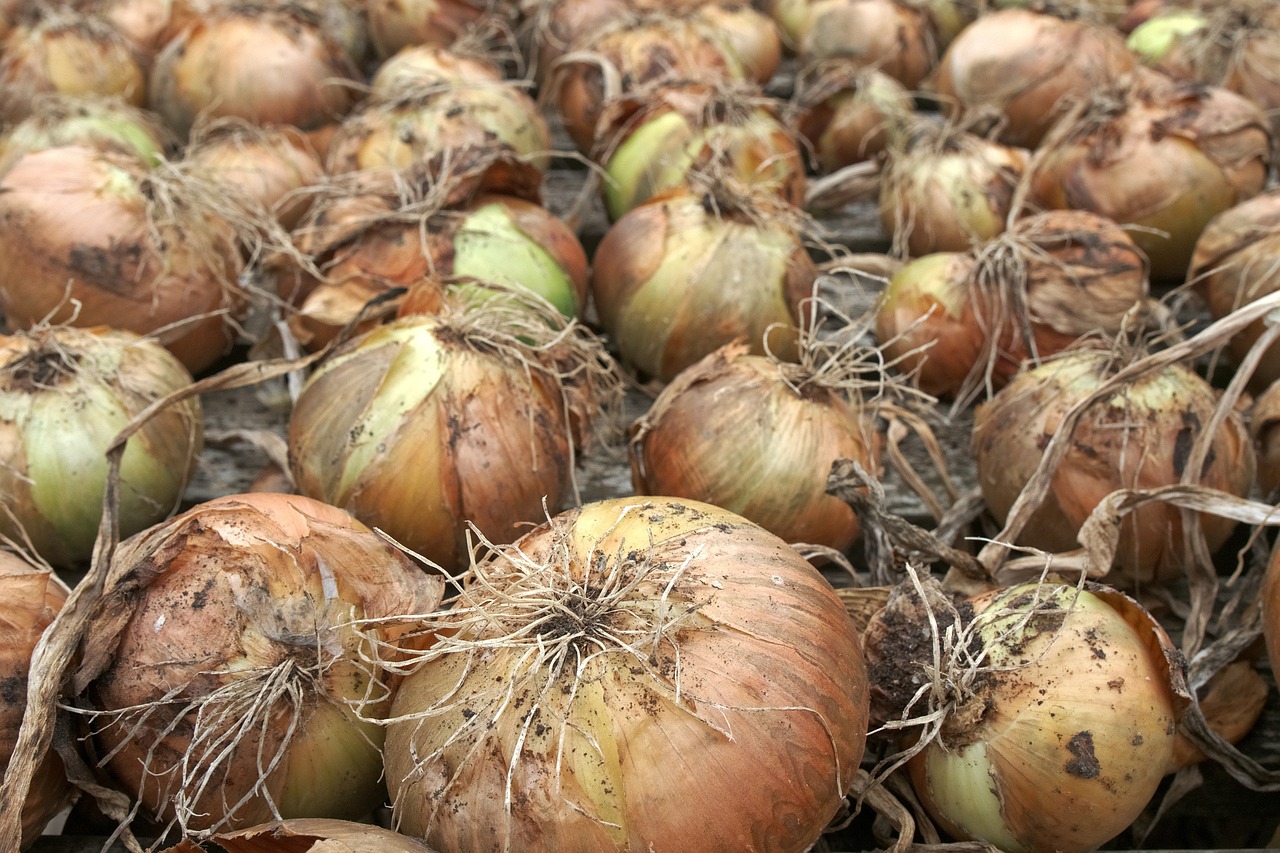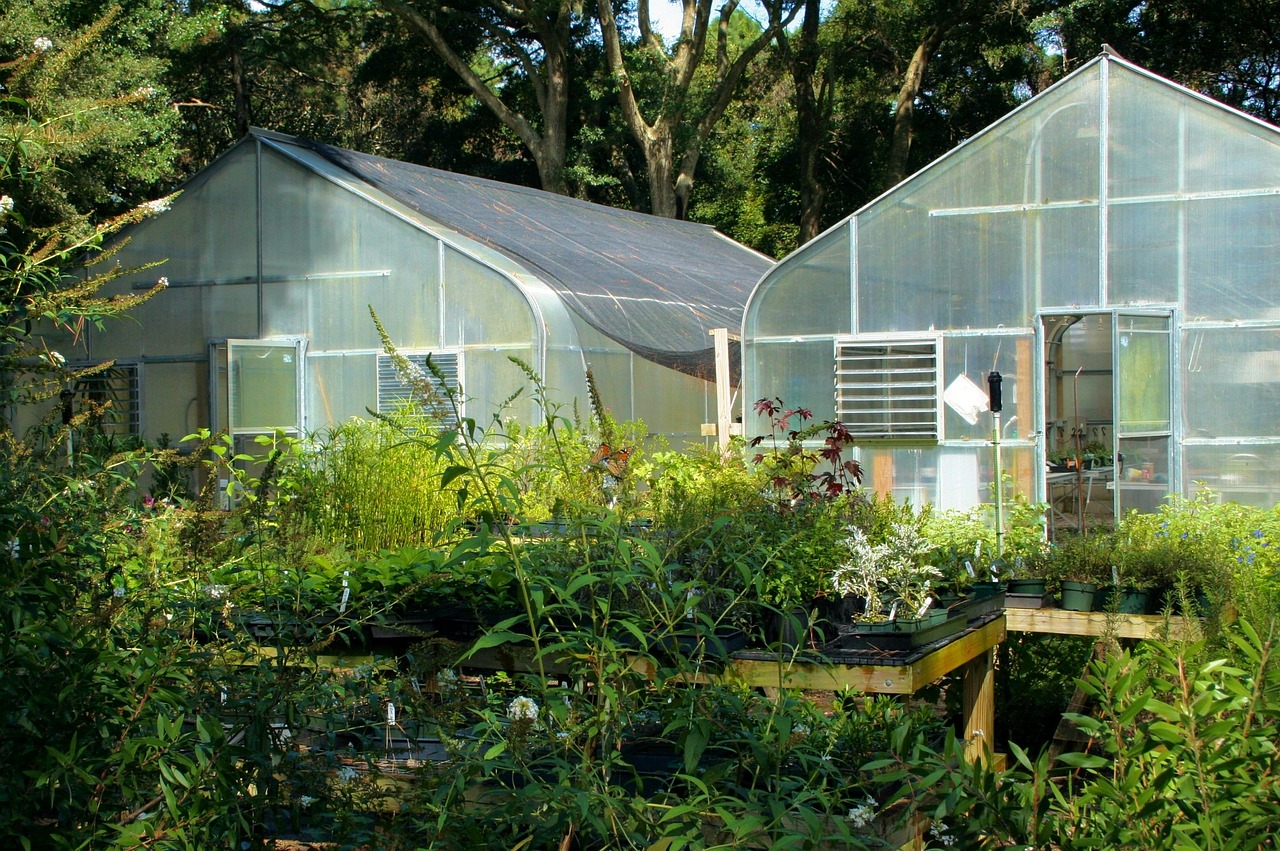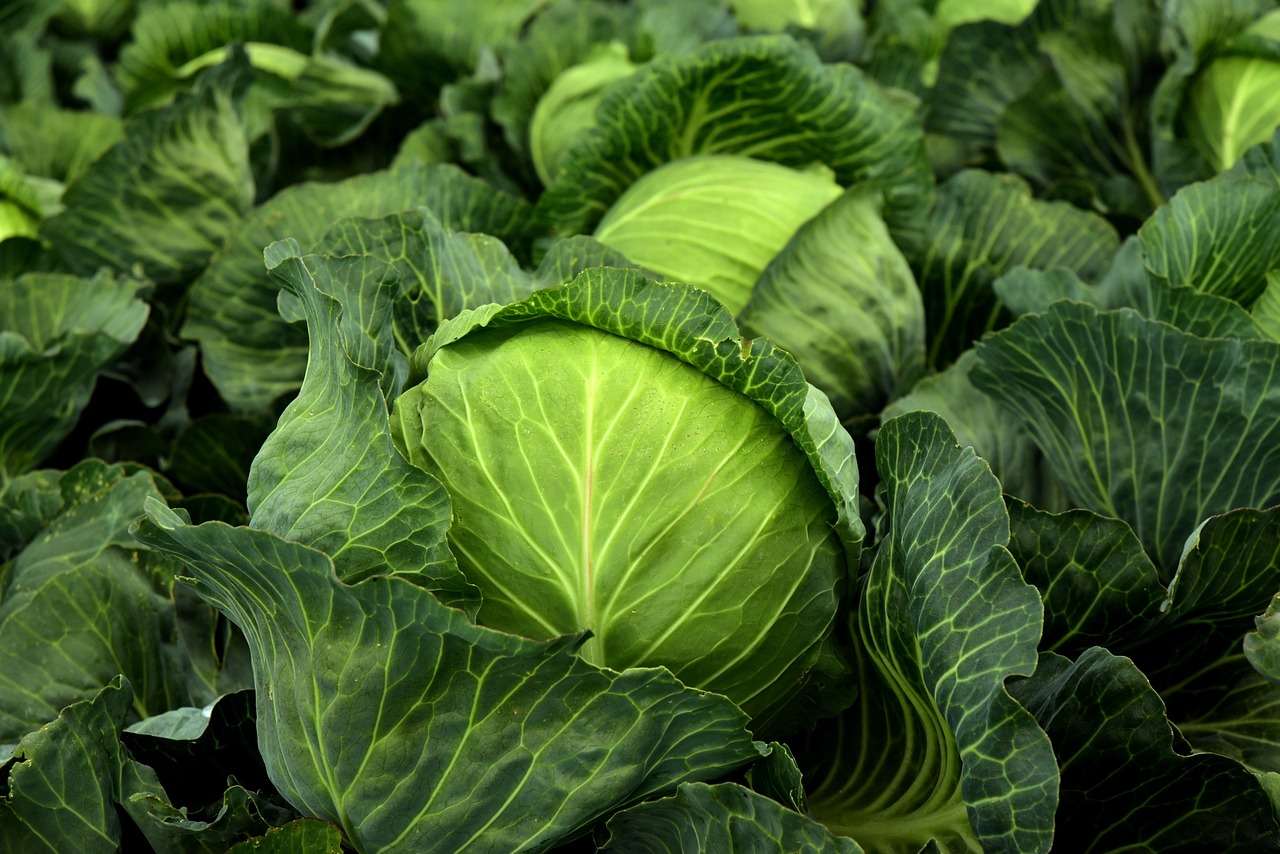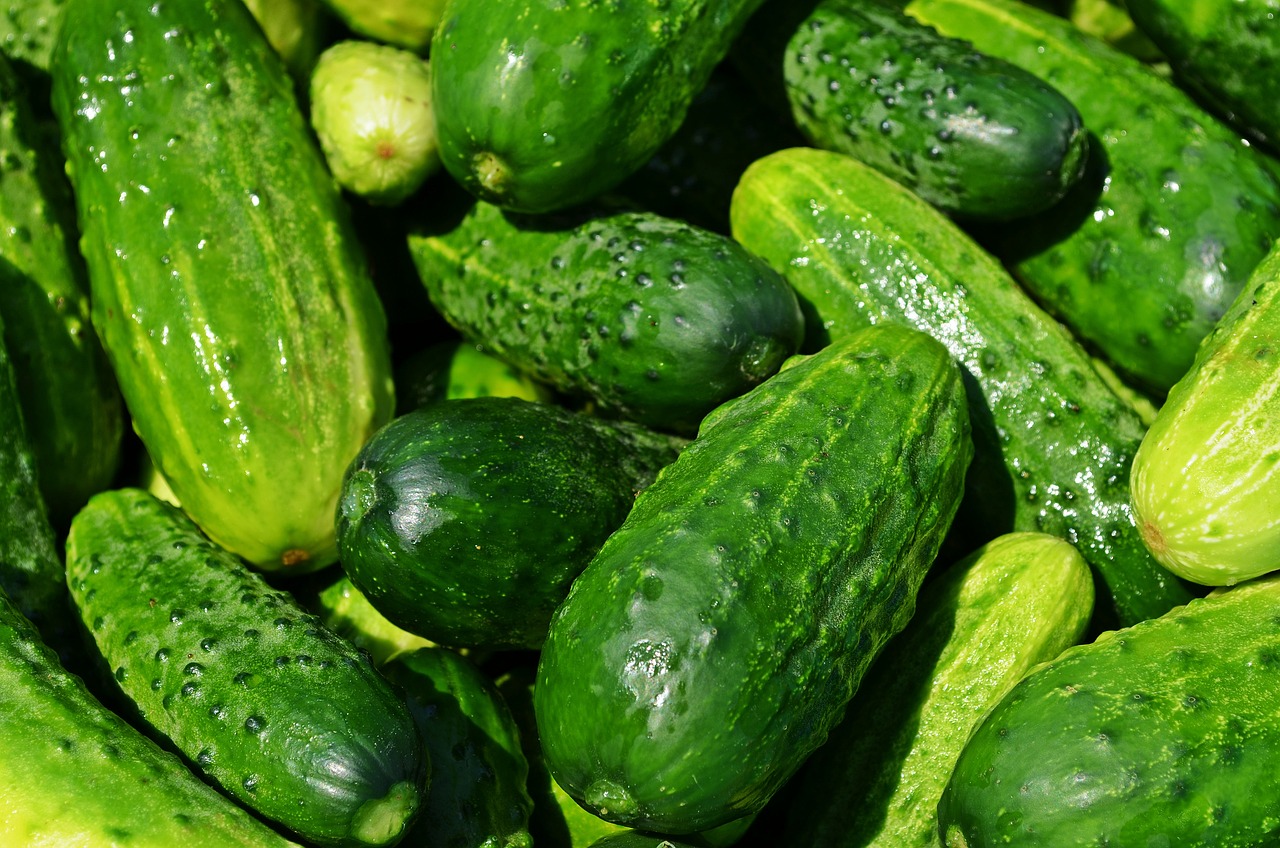Are you tired of buying onions and garlic from the grocery store that are bland and lack the pungent flavor of their organic counterparts? Why not grow your own organic onions and garlic at home? Not only will they taste better, but you’ll also save money and have the satisfaction of growing your own produce.
Organic gardening is not only beneficial for your health but also for the environment. By growing your own organic onions and garlic, you’ll avoid harmful pesticides and fertilizers that can wreak havoc on your health and the environment. Plus, you’ll be able to control the quality of your produce and ensure that it’s fresh and free from harmful chemicals.
In this article, we’ll guide you through the process of growing organic onions and garlic at home, from choosing the right varieties to harvesting and storing your homegrown produce.
Understanding the Benefits of Organic Gardening
You’ll love the amazing benefits of organic gardening – it’s the best way to grow onions and garlic at home!
Organic gardening is a natural and sustainable method of growing crops without the use of synthetic fertilizers, pesticides, or genetically modified organisms. This means that the food you grow is free of harmful chemicals and is healthier for you and your family to consume.
Organic gardening also has a positive impact on the environment. By using natural methods to control pests and diseases, you’re reducing the amount of harmful chemicals that are released into the air, soil, and water. You’re also promoting biodiversity by creating a natural habitat for beneficial insects and animals, which help to pollinate your crops and enrich the soil.
Overall, organic gardening is a win-win situation for both you and the environment.
Choosing the Right Varieties of Onions and Garlic
Picking out the perfect type of onion or garlic can be similar to selecting a fine wine, with each variety offering its own unique flavor profile and texture.
When choosing the best varieties for your home garden, it’s important to consider the climate and soil conditions in your area.
For onions, popular varieties include ‘Yellow Sweet Spanish’, ‘Red Creole’, and ‘Walla Walla’. These onions are known for their sweet flavor and can be grown in a variety of climates.
When it comes to garlic, there are two main types: hardneck and softneck. Hardneck garlic is best suited for colder climates, while softneck garlic thrives in warmer regions.
Some of the best garlic varieties for home gardens include ‘Chesnok Red’, ‘Music’, and ‘Inchelium Red’. When selecting seeds, look for those that are certified organic and disease-free.
By choosing the right varieties and seeds, you can ensure a successful and flavorful harvest of onions and garlic.
Preparing Your Soil for Planting
To properly prepare your soil for planting, it’s important to assess the quality and composition of the soil in your garden bed. This can be done by conducting a soil test, which will provide information on the pH level, nutrient content, and texture of your soil.
Based on the results of the test, you can make adjustments to ensure that your soil is suitable for growing organic onions and garlic.
One technique for improving the quality of your soil is to use compost. Composting involves breaking down organic matter such as food scraps, leaves, or grass clippings into a nutrient-rich soil amendment.
You can create your own compost at home by building a compost bin or pile, or you can purchase compost from a garden center. Adding compost to your soil can improve its texture, increase its ability to retain moisture, and provide a source of nutrients for your plants.
By taking the time to prepare your soil before planting, you can set your onions and garlic up for success and ensure a bountiful harvest.
Planting and Caring for Your Onion and Garlic Plants
After preparing the nutrient-rich soil with compost, it’s time to plant and care for your onion and garlic plants.
When planting, make sure to space the bulbs about six inches apart and plant them about an inch deep. Additionally, consider companion planting with herbs like basil and chives, which can repel pests and improve the flavor of your onions and garlic.
To care for your plants, keep the soil moist but not waterlogged, and avoid over-fertilizing as it can lead to large, soft bulbs. Mulching with straw or leaves can help retain moisture and suppress weeds.
Keep in mind that potential issues with onion and garlic plants include pests like onion maggots and diseases like white rot. To prevent these issues, consider rotating your crops and practicing good sanitation by removing any infected plants promptly.
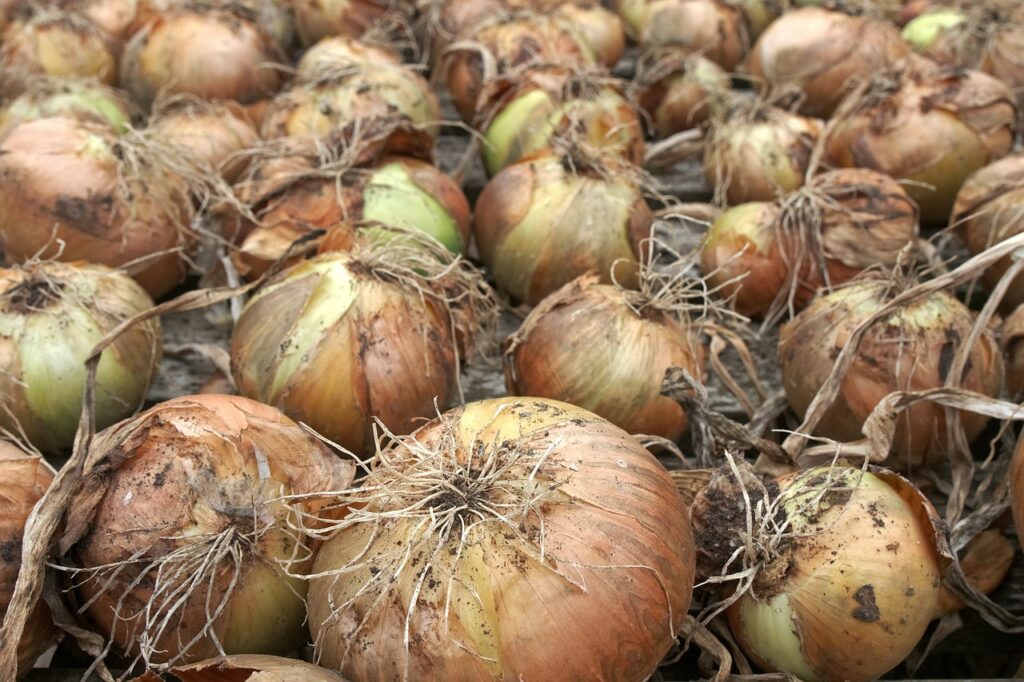
With proper care, you can enjoy a bountiful harvest of delicious organic onions and garlic.
Harvesting and Storing Your Homegrown Onions and Garlic
When it comes to harvesting and storing, it’s important to handle your onions and garlic with care to ensure their quality and longevity. After your onion and garlic plants have fully matured, it’s time to harvest them.
Gently dig them out of the soil and remove any excess dirt. Then, lay them out in a dry, shaded area to dry out for a few weeks. This process allows excess moisture to evaporate, which helps prevent mold and decay from setting in.
Once they’re fully dried, you can trim the stems and roots and store them in a cool, dry place with good ventilation.
Aside from traditional drying methods, there are other preservation techniques you can use to extend the life of your onions and garlic. One popular method is to pickle them, which involves soaking them in a vinegar and salt solution. This not only preserves the flavor and texture of the onions and garlic but also creates a tangy, sweet flavor profile that’s perfect for adding to salads or sandwiches.
Another way to preserve your homegrown onions and garlic is to freeze them. Simply chop them up and store them in airtight containers or freezer bags. This way, you’ll always have fresh, flavorful onions and garlic on hand for your favorite culinary uses.
Frequently Asked Questions
How do I protect my onion and garlic plants from pests and diseases?
To protect your onion and garlic plants from pests and diseases, try companion planting with marigolds or basil. Use natural remedies such as neem oil or garlic spray. Regularly inspect plants for signs of issues and promptly address them.
Can I grow onions and garlic in containers?
Yes, you can grow onions and garlic in containers using container gardening. It’s a space-saving technique that allows you to grow these veggies even if you have limited space. Just make sure to choose the right container size and provide adequate sunlight and water.
How long does it take for onions and garlic to mature?
Onions and garlic have different growth stages and optimal harvesting times. Onions can take 100-175 days, while garlic can take 90-150 days. Harvest onions when the tops have fallen over, and garlic when the leaves start to yellow.
What are some common mistakes to avoid when growing onions and garlic?
When growing onions and garlic, avoid common mistakes by not planting them near beans or peas. Instead, try companion planting with herbs like basil and chamomile. Proper soil preparation with compost and drainage is also crucial.
How do I know when my onions and garlic are ready to be harvested?
To know when your onions and garlic are ready to be harvested, gently pull up a few plants to check the bulb size. Once they reach maturity, use proper harvesting techniques and store them in a cool, dry place.
Conclusion
Congratulations, you’ve successfully learned about the strategies for growing organic onions and garlic at home!
By understanding the benefits of organic gardening, choosing the right varieties, preparing your soil, and caring for your plants, you can easily harvest and store your homegrown onions and garlic.
Organic gardening not only provides you with fresh and healthy produce, but it also helps to reduce the carbon footprint and promote biodiversity.
By choosing the right varieties of onions and garlic, you can ensure that they’re well-suited for your local climate and soil.
Preparing your soil with compost and other organic fertilizers can help to create a nutrient-rich environment for your plants.
With proper care and attention, you can easily grow your own delicious and nutritious onions and garlic at home.






